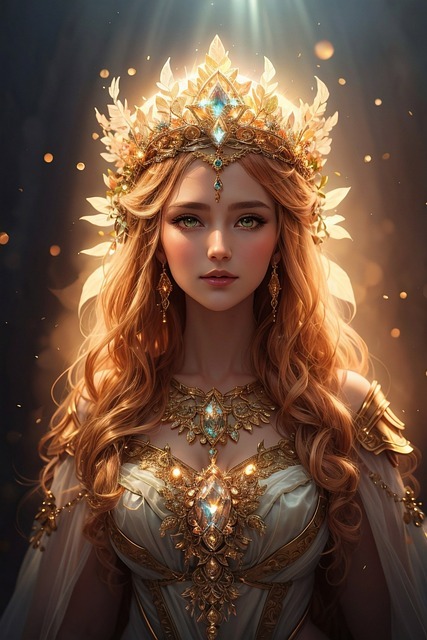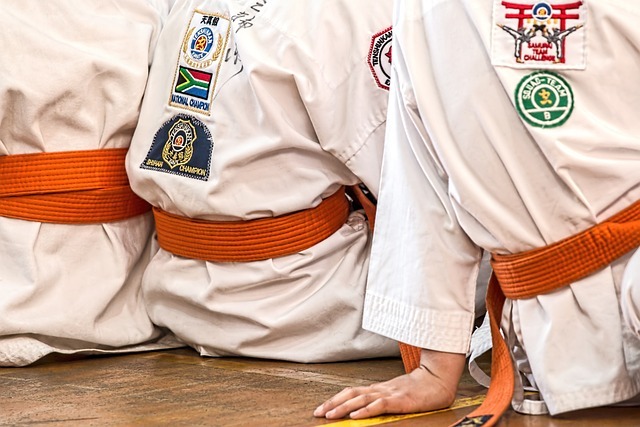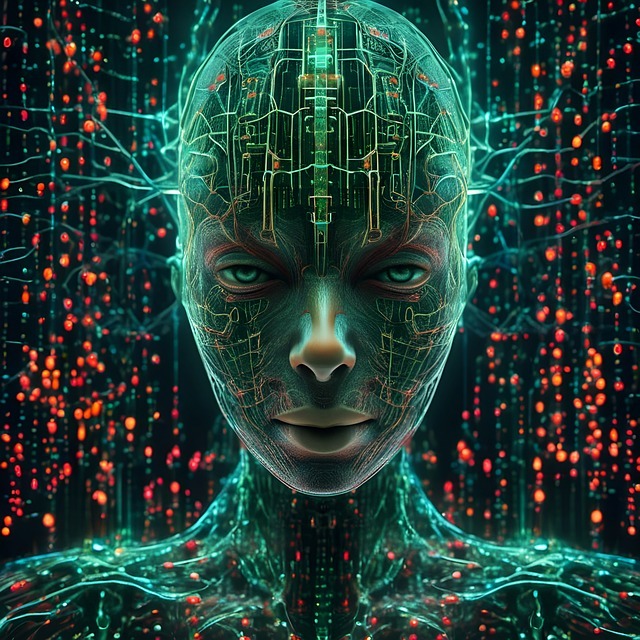Section 1: The Rise of AI in the Art World
Art has always been a reflection of human creativity and imagination. From ancient cave paintings to modern masterpieces, art has evolved and adapted with the changing times. And now, with the rise of artificial intelligence (AI), we are witnessing a new chapter in the evolution of art. AI, with its ability to learn, analyze, and create, has opened up a whole new world of possibilities for artistic expression.
The use of AI in the art world is not a new concept. In fact, it has been around for decades, but it is only in recent years that we have seen a significant impact on the creative landscape. With advancements in technology, AI has become more accessible and affordable, allowing artists to experiment and push the boundaries of traditional art forms.
Section 2: Redefining Writing with AI
One of the most notable areas where AI has made a significant impact is in writing. With the help of natural language processing (NLP) and machine learning algorithms, AI-powered writing has become a game-changer for authors, poets, and other writers. AI writing tools can generate text, analyze language patterns, and even mimic human writing styles.
This has not only made the writing process more efficient but has also challenged the notion of what it means to be a writer. With AI, anyone can create compelling and engaging content, regardless of their writing abilities. This has opened up opportunities for individuals who may not have considered themselves writers before, giving them a platform to express themselves and share their ideas with the world.
Section 3: The Impact on Creativity and the Creative Process
The use of AI in the art world has sparked a debate about the role of creativity in the creative process. Some argue that AI takes away the human element of art, while others believe that it enhances and expands our creative capabilities. The truth is, AI cannot replace human creativity, but it can certainly augment it.
AI tools can help artists generate new ideas, provide inspiration, and even assist in the execution of their vision. This allows artists to focus more on the conceptualization and emotional aspects of their work, rather than spending hours on technical tasks. It also allows for more experimentation and risk-taking, as AI can quickly generate multiple variations of an idea.
Moreover, AI has also made art more accessible to a wider audience. With the help of AI-powered writing, language barriers can be overcome, and art can be translated into different languages, making it more inclusive and diverse. This has also opened up opportunities for collaborations between artists from different backgrounds and cultures, leading to a more diverse and dynamic art scene.
Conclusion:
The use of AI in the art world has undoubtedly revolutionized the creative landscape. It has challenged traditional notions of art and creativity, and opened up new possibilities for expression and collaboration. AI has not only made the creative process more efficient but has also expanded the boundaries of what we thought was possible in art. As we continue to embrace AI, we can only imagine the endless possibilities and the new frontiers it will take us in the world of art.



